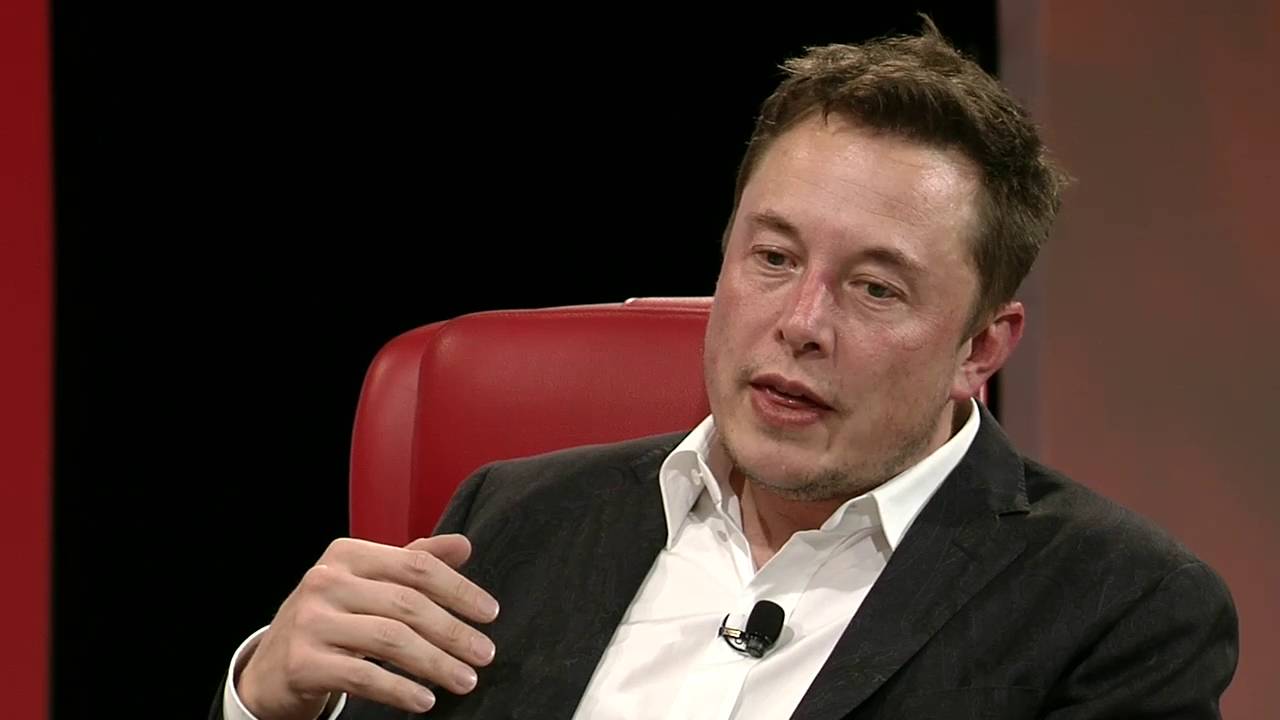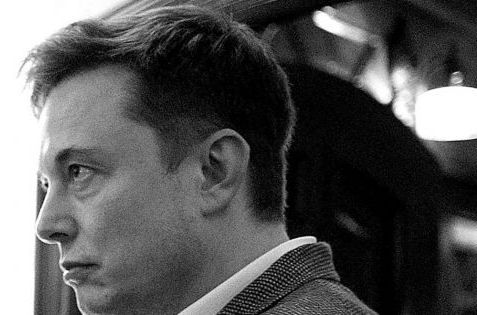Elon Musk has recently hinted that he may be working on a “neural lace,” a mesh of electronics that will allow AI and the brain to work together. This could help human brains keep up with future enhancements in AI.
There’s no doubt that Elon Musk is one busy individual. When not playing on the Tesla factory floor, he may be bringing electric roofs to electric vehicles, or dreaming up the Hyperloop, or toying with the future of AI.
If not any of those, he is apparently busy protecting us from being treated like house pets after the Singularity. To that end, the billionaire polymath has revealed he may be working on something called a “neural lace.”









